Tag: Archery
Practical Tips On How To Craft The Perfect Survival Bow
Practical Tips On How To Craft The Perfect Survival Bow Today I have a guest post on Practical Tips On How To Craft The Perfect Survival Bow. Making a survival […]
Archery Series: Getting Practice
Hopefully you have enjoyed and learned something new from my previous two articles, so we can move on and get you out in the field on the next step…… […]
Bow Hunting Part II: Picking Out Equipment
Today I present to you the second part in Roberts Bow Hunting series. I am loving this series and learning so much. Let’s just get right to it then. -James […]
Archery Hunting: New Age With An Old Twist
Today I have a guest post from friend Robert Rice on archery hunting. It’s a subject I’m very interested in and have no had a chance to do yet. You […]

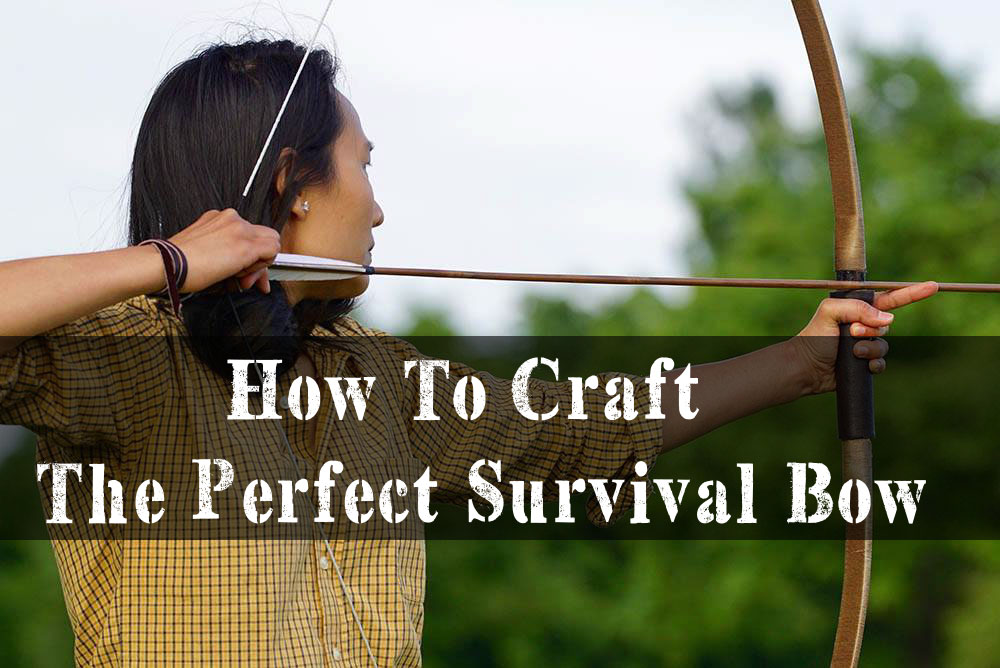
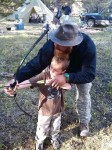
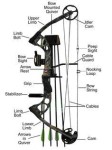
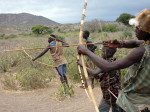

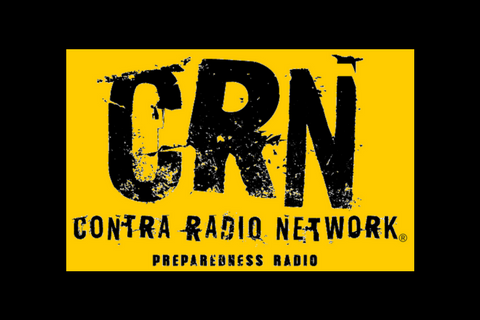



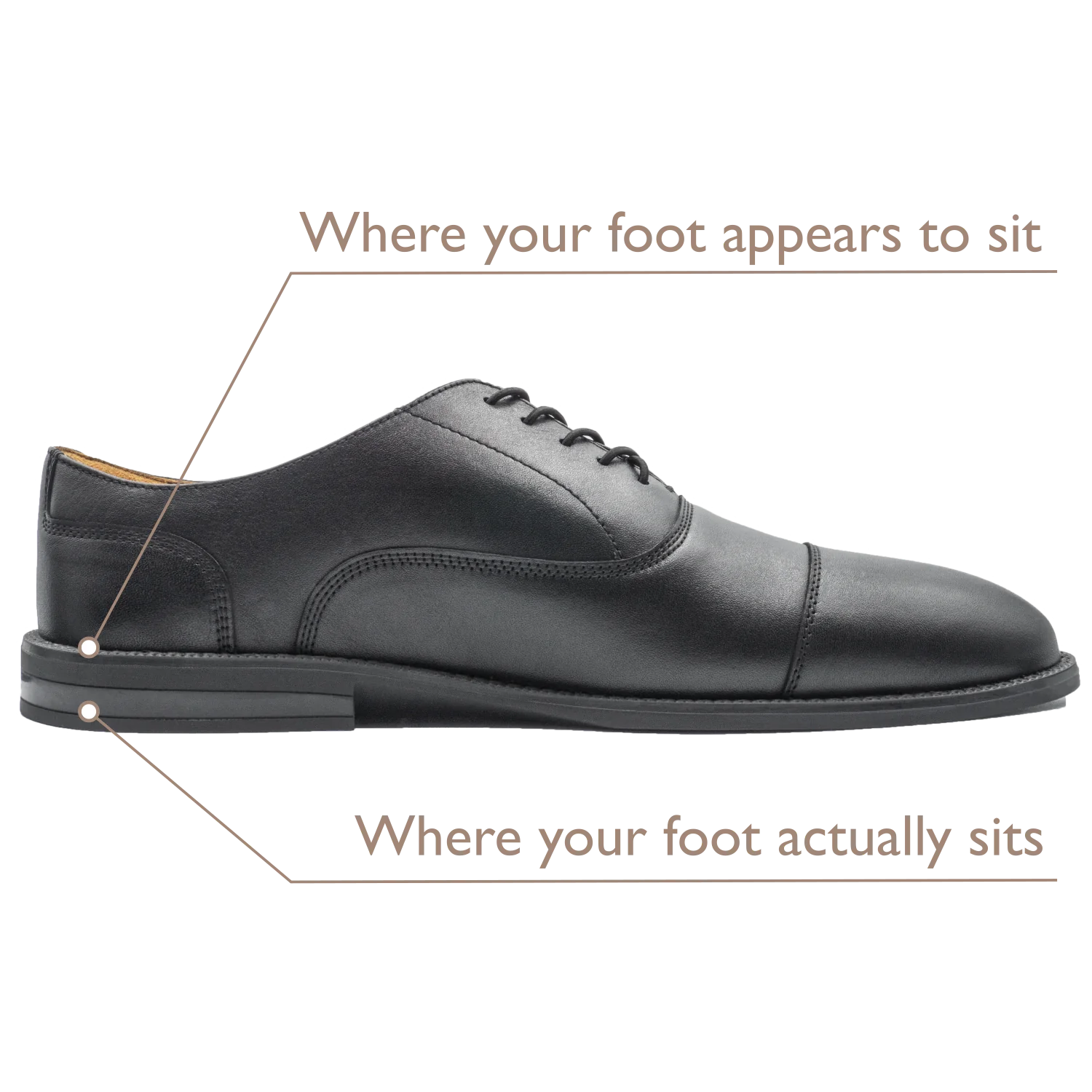

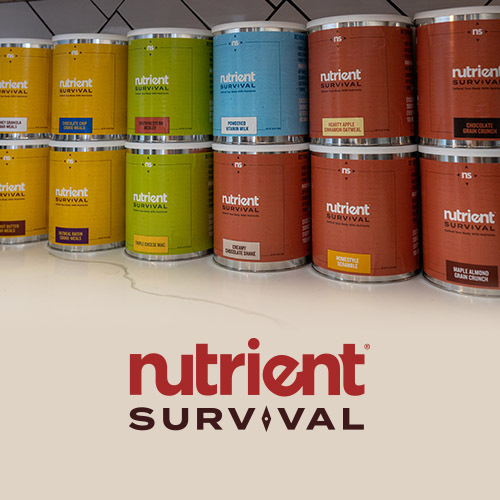
Follow Us!